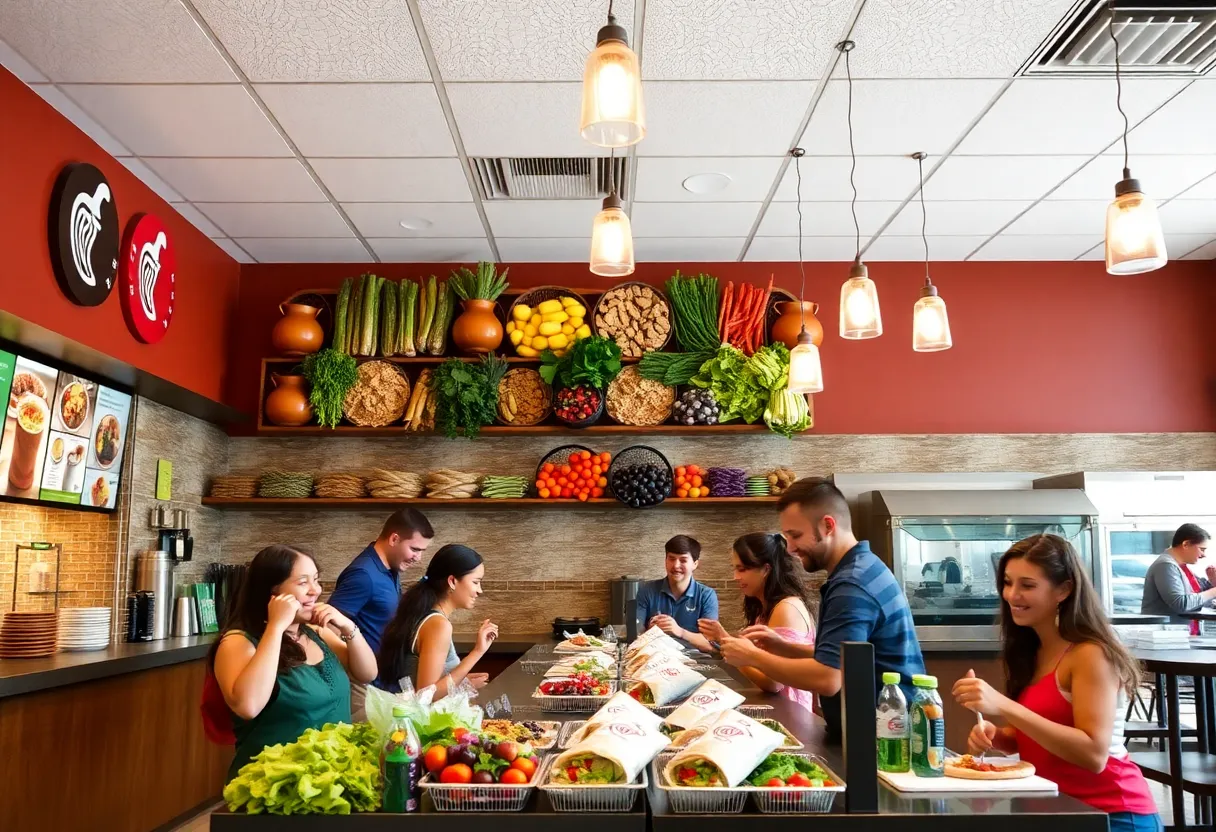Embracing Diversity: The Rise of Multicultural Marketing in the U.S.
In the heart of America, cities are buzzing with an exciting trend transforming the way businesses connect with consumers. From the neighborhoods of Seattle to the bustling streets of New York, multicultural marketing is reshaping the landscape, and it’s *about time*. As our nation grows more diverse, savvy businesses are stepping up to the plate to create connections that resonate with all cultural backgrounds.
Celebrating Diversity
Recent data reveals a striking reality: between 2020 and 2022, the growth of the U.S. population was fueled entirely by racial and ethnic minorities. In fact, the number of non-English-speaking households has surged from 23.1 million in 1980 to an astounding 67.8 million by 2019—almost one in five households! This impressive growth presents a golden opportunity for businesses looking to tap into diverse communities with tailored marketing strategies.
What is Multicultural Marketing?
At its core, multicultural marketing involves designing campaigns that speak directly to the varied cultural, ethnic, and demographic groups within our world. It’s not just about slapping a different language on your ads—it’s about understanding and respecting the unique values, traditions, and preferences that different groups possess. Marketers often use cultural indicators like catchy songs, relatable taglines, and eye-catching visuals to connect with audiences on a deeper level.
Take, for example, the touching P&G ad from the 2016 Rio Olympics, where mothers worldwide support their children through emotional moments leading to success. Campaigns like this celebrate common human experiences, making it a fantastic way to embrace multicultural narratives.
Evolving Terminology
The journey of multicultural marketing hasn’t been straightforward. It has its roots in terms like “minority marketing” and “ethnic marketing,” but today, many marketers prefer terms like “inclusive marketing”. Why? Because words matter, and the intent behind them does, too. Inclusive marketing moves away from creating a sense of ‘othering’ and instead focuses on a shared marketplace where everyone feels valued, understood, and represented.
Why Multicultural Marketing Matters
In a diverse marketplace, brands that engage in well-crafted multicultural marketing strategies often enjoy numerous benefits:
- Increased Buying Power: Stats show that diverse consumers hold a substantial economic force. According to a 2022 report, diversity within the U.S. has resulted in rising buying power, making it essential for brands to tailor their messages and products accordingly.
- Stronger Brand Loyalty: When consumers see themselves reflected in a brand’s marketing, it fosters a sense of connection. Brands that put effort into demonstrating cultural sensitivity are more likely to retain customers and enhance authentic brand loyalty.
- Enhanced Engagement: Consumers who feel represented by the brands they support are likely to spread the word, encouraging friends and family to follow suit.
The Benefits of Inclusivity
Businesses gain tremendous insight by engaging multicultural consumers. This knowledge helps shape product development and strategies, ultimately driving a successful marketing initiative. There’s no single cookie-cutter approach; businesses need to adapt based on budgets, company missions, and their target audience’s specific needs.
Crafting Effective Strategies
So, what should businesses keep in mind when stepping into the world of multicultural marketing?
- Diverse Teams Drive Success: A marketing team with individuals from different backgrounds can generate more genuine and relatable ideas, creating campaigns that resonate with varied audiences.
- Research is Key: Understanding consumer behavior through research ensures campaigns don’t miss the mark. Think interviews, data studies, and cultural history to get it right!
- Strategic Partnerships: Collaborating with brands that already appeal to diverse consumers can enhance exposure and credibility.
Examples to Inspire
Several brands are shining examples of **successful multicultural marketing**:
- Eastside Golf: Co-founded by Olajuwon Ajanaku and Earl Cooper, it emphasizes diversity in the golf community, showcasing golfers of color in its campaigns.
- Our Place: Their cookware caters to many global dishes, emphasizing the multicultural identities of their customer base, inviting everyone to share a meal.
- Kulfi: Focused on the South Asian diasporas, this makeup brand highlights a range of products for underrepresented skin tones.
- Loisa: Creating pantry staples with a twist of “Spanglish,” it taps into the vibrant Latin American community in New York, making cultural connections effortlessly.
The Path Forward
As the world continues to change, so must our marketing approaches. Businesses now have a genuine chance to innovate and foster inclusivity through meaningful connections. Engaging meaningfully with multicultural consumers isn’t just a trend; it’s the foundation of great marketing strategy.
So, for those ready to take the plunge into multicultural marketing, remember to dive deep into research, foster diverse talents within your teams, and most importantly, carry an authentic message. The rich tapestry of our society is a treasure trove of opportunities waiting to be explored. Here’s to a more inclusive and vibrant marketing landscape!







